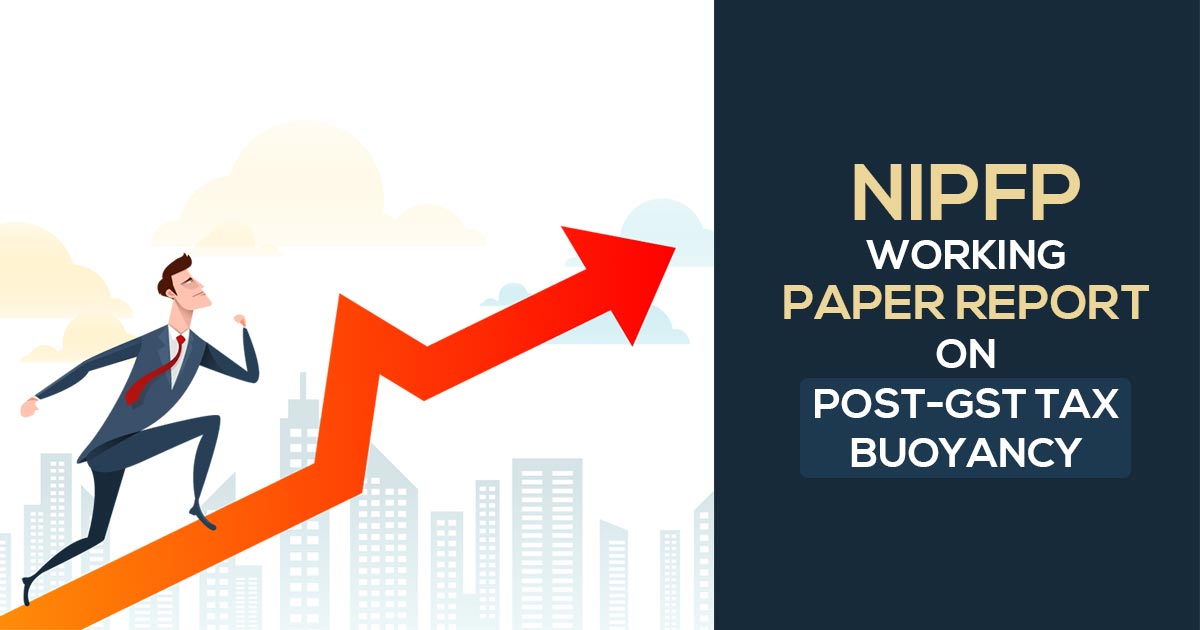
The rise of the tax in the GST regime would have been rectified for the central government but it does not rectify for the states yet a working paper via the National Institute of Public Finance and Policy (NIPFP) elaborated.
Sacchidananda Mukherjee who is a professor at the autonomous research institute under the Ministry of Finance wrote in the working paper released on April 11 “GST-to-GDP ratio of the Union as well as state governments not yet improved during the post-GST period as compared to the equivalent share of respective revenue streams in GDP during the pre-GST period.”
The emerges to these conclusions via comparing the comparable revenue streams of pre- and post-GST periods for the period 2012-13 to 2022-23.
Maintaining revenue streams of the Union and state governments in terms of percentage share of nominal Gross Domestic Product (GDP) during the pre-and post-GST periods is critical for long-term public finance management, according to the professor.
When the GST was implemented in July 2017, a constitutional amendment provided for five years of compensation to governments for revenue lost. The GST Compensation to States Act authorized the payment of compensation based on a 14 per cent year-on-year increase. This compensation expired in June of last year.
GST collections have remained strong for several months after plummeting during the coronavirus outbreak. The monthly GST collection increased by 13% year on year to Rs 1.60 lakh crore in March, the second-highest monthly collection since the implementation of the indirect tax regime.
While GST collection has improved marginally after the coronavirus epidemic, volatility in tax buoyancy throughout the post-GST period is ascribed to volatility in growth rate and, as a result, volatility in GST revenues.
“Volatility in tax buoyancy makes it difficult to make a reliable projection of tax revenue and therefore it may result in revenue shocks to public finance management,” the working paper explained.
Read Also: MH GST Collection Crosses INR 2. 7 Lakh Crore, Top in Other States
The increase in GST collections following the pandemic is also due to higher consumer prices for goods and services and a surge in compliance with return filing requirements, it was said.









